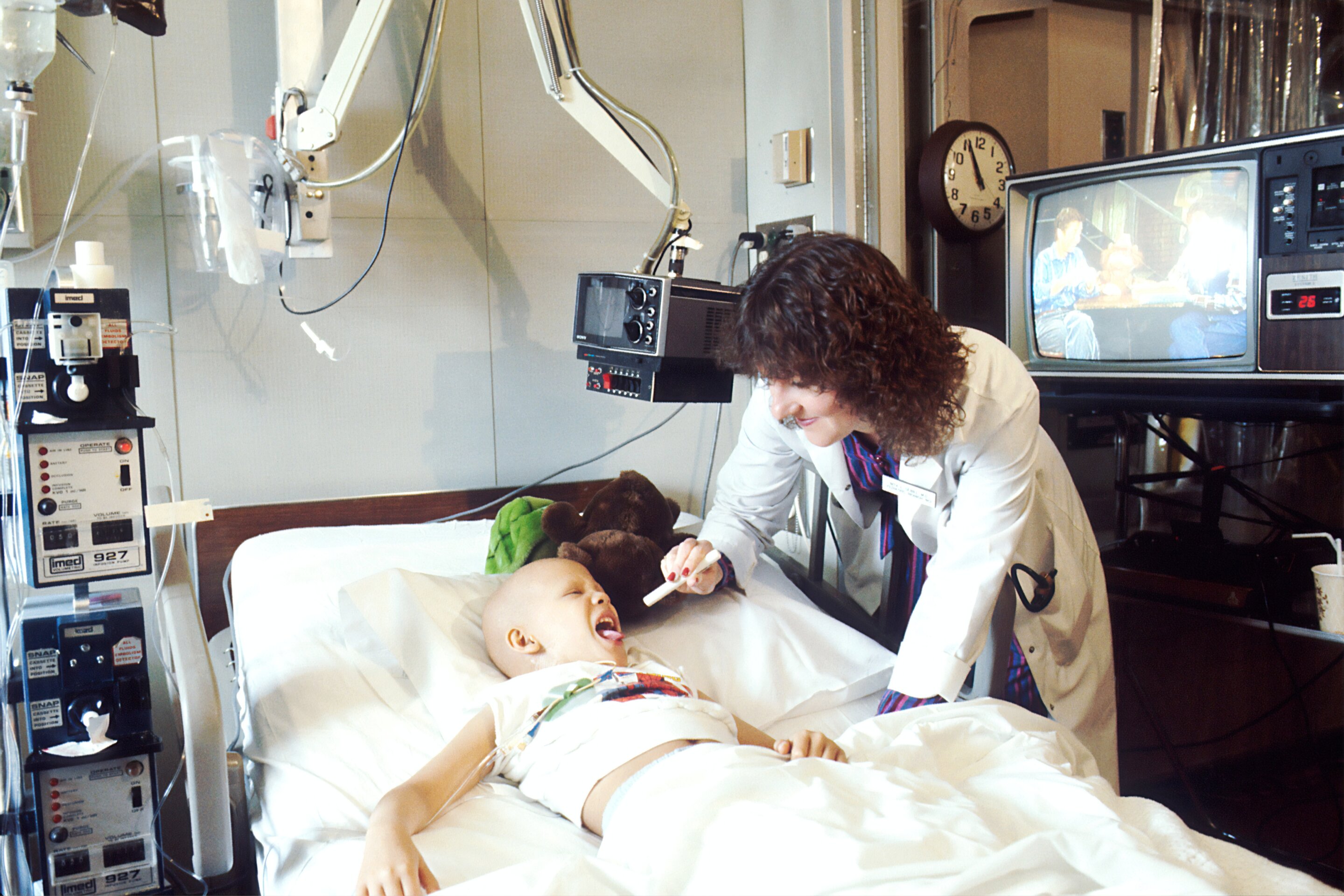Children with acute leukemia who live on the Texas-Mexico border are more likely than those who live in other parts of the state to die within five years of diagnosis, according to a study published Tuesday in the journal CANCER.
The article pointed out that the US border with Mexico has a mix of rural and urban communities living in areas with poor medical services.
“While there has been tremendous progress in maximizing cure rates for children with leukemia in the United States, not everyone benefits from this progress,” said Maria Castellanos, a physician at UCSF Benioff. Hospitals for Children and one of the researchers.
“We know there are survival differences whereby children from historically underserved black and Hispanic communities fare worse than white children,” he added.
Acute lymphoblastic leukemia (ALL), or acute lymphoblastic leukemia, is a leukemia that can progress rapidly and, if left untreated, is likely to be fatal within months. The term lymphocyte means that it comes from the early (immature) forms of lymphocytes, a type of white blood cells.
Castellanos and colleagues from Baylor College of Medicine and Texas Children’s Hospital looked at the survival of children with ALL, the most common type of childhood cancer, and acute myeloid leukemia (AML).
Between 1995 and 2017, there were 6,002 children diagnosed with ALL and 1,279 diagnosed with AML in the Texas Cancer Registry.
Of all children with ALL, 77.5% of children living in border areas survived for at least five years, compared to 85.8% of those residing in other areas of Texas.
After adjusting for other factors that affect survival such as age at diagnosis, gender, and socioeconomic status, children with ALL who lived along the border had a 30% greater risk of death. higher than children with ALL who resided in other parts of the state. .
“There is an urgent need to identify the reasons why these differences in survival occur,” said Castellanos. “This includes an assessment of barriers to obtaining health care and strategies to overcome those barriers.”
The American Cancer Society estimates that there will be about 60,000 cases of leukemia of all ages in the United States this year and the disease will kill about 24,000 people.
Between 2016 and 2020, the highest incidence rate was among whites (6.4 per 100,000), followed by African Americans at 5.3/100,000, Native Americans at 4.9/100,000, and Hispanics with 4.3/100,000.

